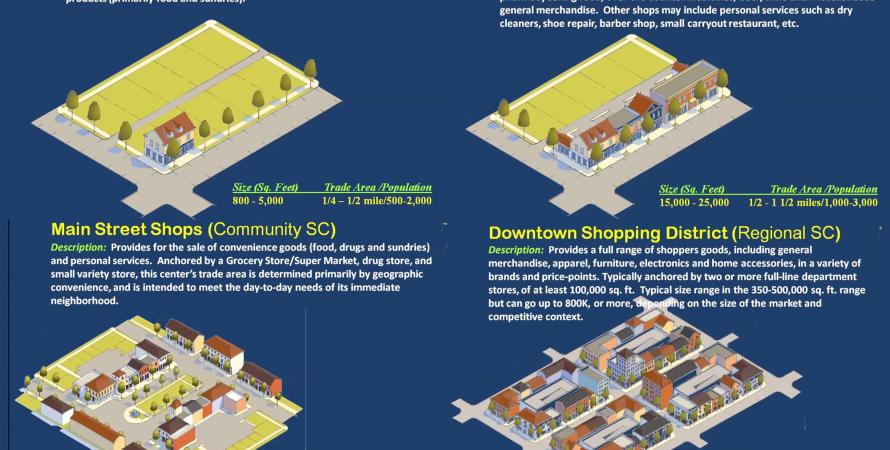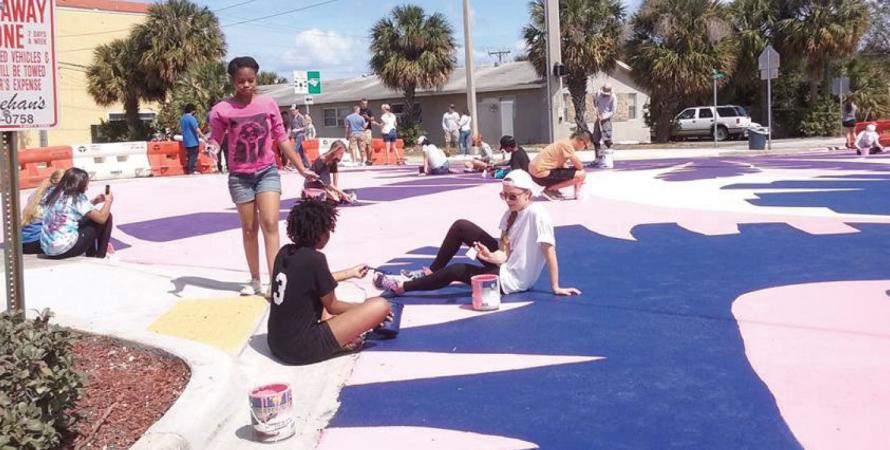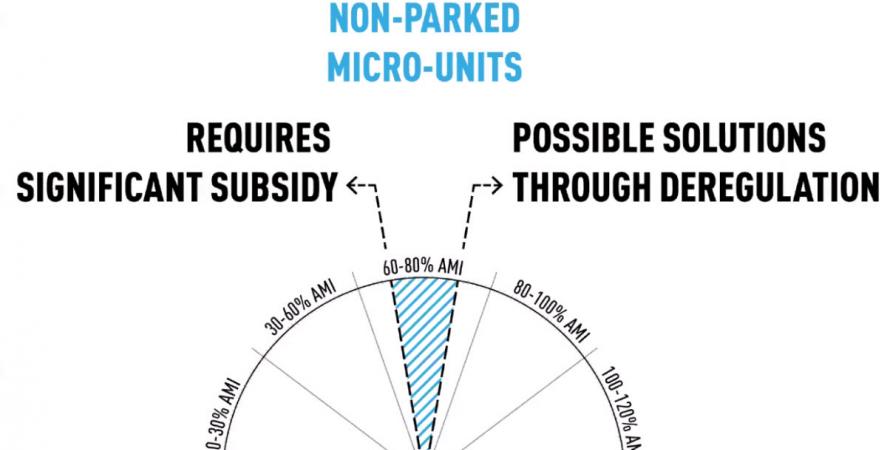-

Retail types that have survived for centuries
Walkable urban place types are critical to life in traditional cities and they will thrive in the long run.The retail industry is currently going through massive upheaval due to COVID-19, and this is on top of turmoil that was taking place over the last decade due to general societal trends. Some of this upheaval is good, but it is damaging to businesses, jobs, and people’s lives in the near term. At...Read more -

Making public space with ‘asphalt art’
Transforming streets and vertical infrastructure through art is an important tool for enlivening cities this summer.As cities reopen around the US, many are creating outdoor gathering spaces for dining and other activities. Indoor spaces are more risky than outdoor spaces , according to the Centers for Disease Control. In mixed-use districts and downtowns, often street space is being temporarily converted to...Read more -

Housing choice can make cities more affordable and resilient
Durham, North Carolina, and Atlanta, Georgia, are part of a nationwide trend of reforming single-family-only zones to allow for a diversity of housing options.Cities like Atlanta and Durham, North Carolina, are making changes to their zoning ordinance to substantially increase housing choices in former single-family-only (SFO) zones, according to experts at CNU 28. CNU 28.A Virtual Gathering , kicked off June 10 with 83 sessions and 17 special events,...Read more -

Urban center opens waterfront of major city
The Wharf has re-established DC as a true waterfront city and added a major destination along with affordable housing. The mixed-use development won the 2020 CNU Grand Prize Charter Award.The Wharf is a superbly designed and impressively implemented mixed-use urban center that re-establishes DC’s connection to the water. Between the mid-1940s through the 1970s, DC’s historic waterfront was largely demolished as part of the federal government’s urban renewal program that displaced...Read more